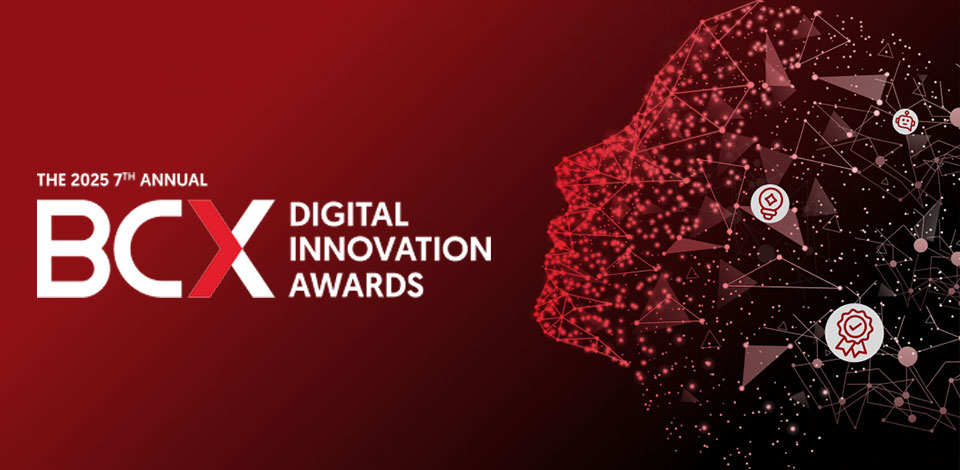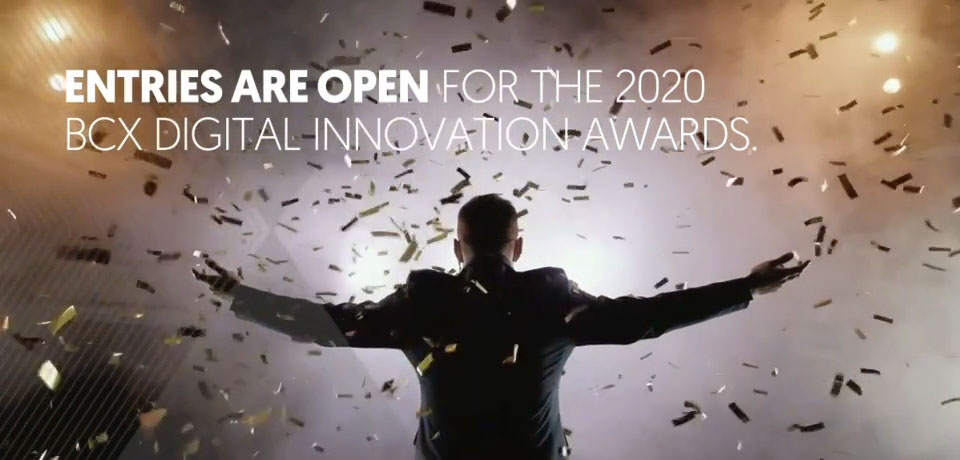
5 Communication Collaboration Trends You Can’t Afford Not to Prepare Your Business For
The last five or so years have seen an explosion of social collaboration tools, so how do you ensure they’re used effectively within your organisation, instead of being abused by employees?
“It could be argued that without the explosion in adoption of social media, a lot of organisational structures would still be stuck in a hierarchical, stove-piped rut, where sharing was done sparingly to retain control, rather than liberate productivity,” says ComputerWeekly.com’s Robert Bamforth.
However, he believes that the future of social collaboration is not about how things have changed, but where things are headed. “All organisations need to take a proactive approach to ensure they can retain some control while liberating employee productivity,” he adds.
“No matter if you’re a large enterprise or a small start-up, live in Shanghai or San Francisco, work from home or the ISS, we all face the same challenges. We need effective collaboration to achieve magic together. In a raging disruptive world, it is difficult to distinguish signal from noise. That’s the exact reason why we sat down to think about what trends we believe might shape the year ahead.” – Dan Storbaek – Skarpline.com
In an in-depth analysis of what you can expect in terms of digital, social collaboration’s influence in the workplace in 2017 and beyond, Dan Storbaek from Skarpline.com shares the top eight collaboration trends you must prepare your business for. These are his top five:
- Move beyond social
Apps like Slack and Yammer, according to Storbaek, have done a great job in connecting employees. But, while connecting people was an obvious first step to take, many work processes remain arguably highly isolated and disconnected in most companies.
“Many of the apps we use today are limited by structure and technology. They have been developed to work individually and in silos. The result is broken work processes and a productivity potential waiting to be realised. A software development team might be using one system for tracking bugs, another to invoice clients and a third to track time. Trying to stitch legacy apps together has previously been time-consuming and required lots of development hacks. But, open APIs and a standardised Cloud are making integrations of different software apps easier than before,” Storbaek explains.
He says that the next step will be to connect your broken work processes and apps.
“Instead of having work processes existing in closed apps, we’ll see new platforms emerge, converge and work together in unimaginable ways. The collaboration market will effectively become an ecosystem in its own right. Once closed project management apps, will integrate to task management apps. Task management apps will integrate to invoicing apps. Invoicing apps will integrate to time tracking apps. Connecting work holds a promise of higher productivity waiting to be unleashed,” he adds.
- Bring your own software
The Bring-Your-Own-Device (BYOD) trend is escalating in the workplace, as younger generations of employees opt to use their personal devices for work tasks instead of the arguably ‘out-dated’ machines you already provide for them. Naturally, employees might feel more comfortable working on their own devices, but this does open your business up in terms of safety and security. Storbaek says that in 2017, you can expect employees to also ‘bring-their-own-software’ to work.
“The boundaries between work and home are blurring, so collaboration software must allow people to work seamlessly across platforms, devices and locations. If you walk into any modern enterprise, it’s not uncommon to see all kinds of phones being used and governed by IT and users – something previously not allowed. In a similar way, 2017 will be the year when Bring-Your-Own-Software (BYOS) to the corporate workplace will kick off,” Storbaek says.
He adds that people already use various software to collaborate, from Dropbox to Box or Google Hangout to Skype and that these types of products offer simple transparent pricing plans, which are easy to administer and govern.
“Instead of having IT dictating what to use, why not let users become strong ambassadors, manage their own software and decide what’s fit for their role? BYOS offers several benefits to the user and company because the user will often have access to a wide range of services. Is Google Hangout down? Use Skype. Or vice versa,” he explains.
- The rise of the collaborative organisation
Storbaek argues that while many organisations have invested and continue to invest in technologies, the approach taken is often from the top-down. Decisions are made by and for senior level members of the team and then it’s rolled out downward throughout the business. The challenge with this approach is that employees don’t end up using the tools as intended – because it’s not fit for their purpose.
“Collaborative organisations implement tools bottom-up. Instead of looking at ROI, they look at usage. Are employees actually using these tools? Do they provide a better fit for the individual employee and his or her work process? Do these tools ‘almost’ implement themselves using smart onboarding and intuitive interfaces? Collaboration only improves productivity if it is accompanied by changes in how we work. Research shows that productivity growth only happens when technology is accompanied by concurrent changes in how we work. In fact, technology adoption alone, without the accompanying changes in work practices, have little or even a negative impact on productivity,” he expounds.
QUICK FACT
According to ComputerWeekly.com, there are several corporate versions of popular Cloud storage tools like Box and Microsoft OneDrive for Business, but according to research, while 44% of large enterprises are allowing the use of Cloud storage on BYOD, only 25% use corporate versions of Cloud storage tools.
- IoT could play a bigger role at work
Connected devices, empowered through the Internet of Things (IoT), are set to change the way employees work, play and generally live their lives in 2017. “2017 could become the year when innovative software platforms start massively to connect with IoT devices around us. While start-ups and incumbents already have solutions on the market, none have yet captured the potential which lies beneath the IoT market,” says Storbaek.
- The Bots are coming
You’ve probably already heard of Bots as conversational software robots. But, in the past year interest in this technology has skyrocketed. “They are mostly found in messaging and chat applications, but given their collaborative nature, we expect to see them across a variety of collaboration tools in the near future,” Storbaek adds.
He believes that Bots can help you automate conversations and tasks: “They can help us get started with an app, reserve dinner appointments, schedule meetings or pay online. Without interacting with another person. Instead of you typing a command, a bot is typing commands for you. All you do is have a conversation with what seems like a real person, but in fact it is a Bot.”
In his article, Storbaek delves deeper into what to expect in terms of collaborative communication trends, which serves as a handy tool as you look to refine the way your team interacts with one another going forward. For more information on collaboration in the workplace, you can also visit ComputerWeekly.com.
TAKE ACTION
You must understand the appeal of consumer collaboration tools and why they’re being used in the workplace. Mostly, tech experts say, it’s about convenience and ease of use, so your organisation needs to look for safer alternatives designed to be easy to use and adopt. The easier you make it for your team to ‘talk’ to one another, the faster you’ll be able to achieve your business objectives – and most importantly the easier it will be to hit those revenue targets you so want to achieve.
Resources:
https://skarpline.com/latest-news/8-collaboration-trends-expect-2017/
http://www.computerweekly.com/feature/Bring-your-own-collaboration










